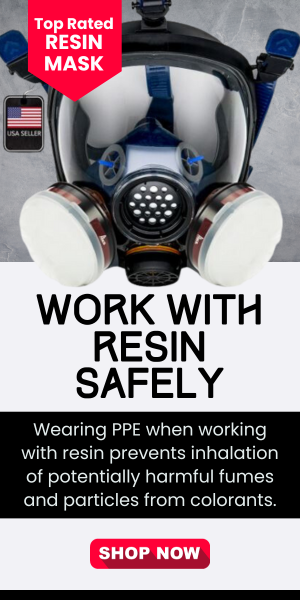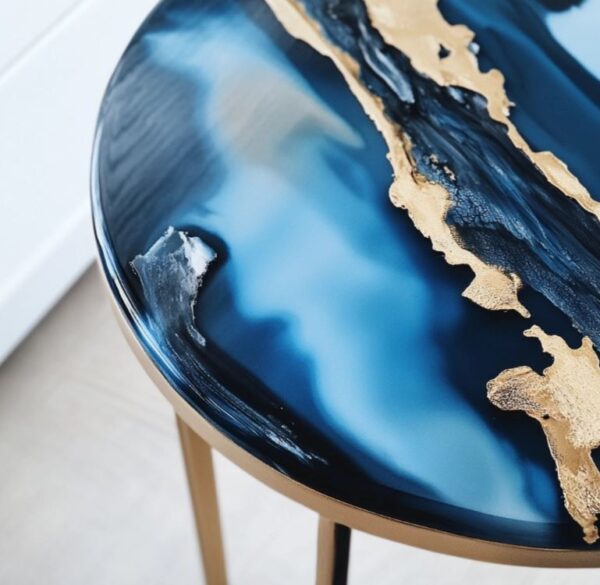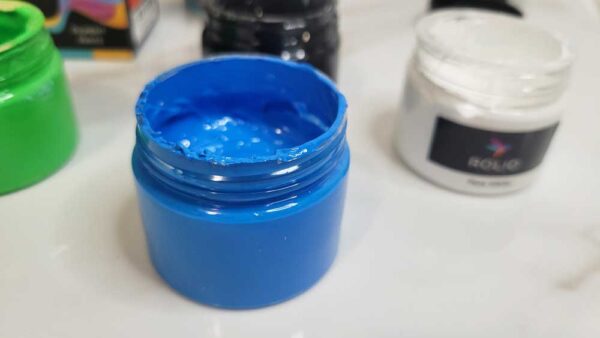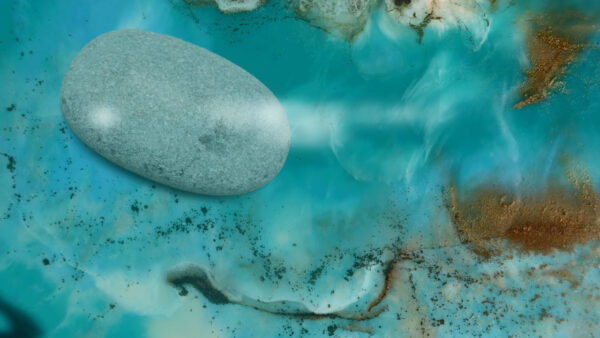10 Reasons: Why epoxy resin gets hot! 🔥
Today we will discuss if resin is supposed to get hot. Resin, with its ability to transform into exquisite works of art, has been an artist’s secret weapon for creating stunning sculptures, jewelry, and more.
Yet, beneath its beauty lies a perplexing phenomenon that many creators encounter: resin gets hot.
As you delve deeper into the world of resin crafting, you’ll soon discover that this fascinating material has a unique relationship with temperature. And you may be wondering, why is my resin getting hot?
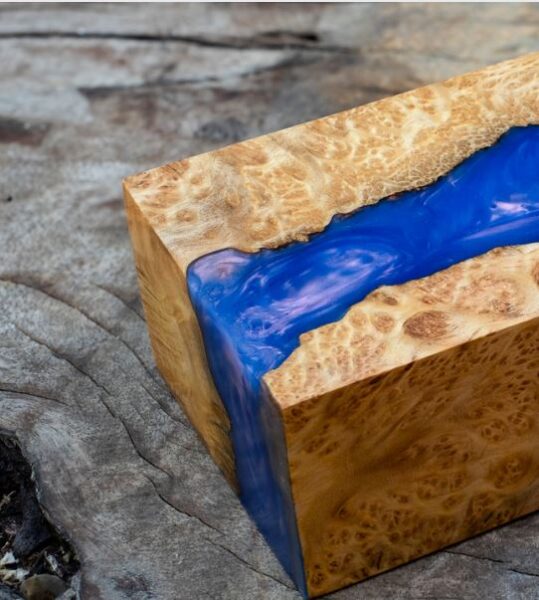
In this blog post, we’re going to peel back the layers of this enigma to uncover the science, art, and practical implications behind why epoxy resin is getting hot.
Understanding this trait of resin is important so that you don’t ruin your pieces. So, let’s talk about how hot epoxy resin gets and why it heats up.
Why Resin Gets Hot
1. Exothermic Reaction
Resin curing is accompanied by an exothermic reaction, where it transforms from a liquid to a solid state.
During this transformation, the chemical bonds within the resin are rearranged, releasing heat.
This heat generation is a part of the curing process and is responsible for the warmth you feel when working with resin.
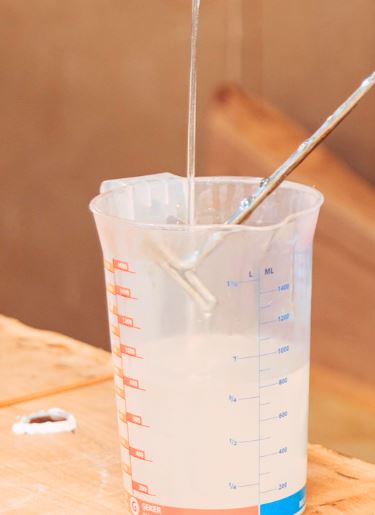
To manage the heat produced during this exothermic reaction, use a mixing container made of heat-resistant materials to prevent warping or melting.
Additionally, work in a well-ventilated area to help the dissipation of excess heat and to avoid inhaling potentially harmful fumes.
It’s important to note that experiencing heat during resin curing is normal and not necessarily indicative of any issues with your project.
2. Large Mass of Resin
The heat produced during resin curing is directly proportional to the volume of resin used. A larger mass of resin generates more heat as it cures, which can be particularly noticeable.
When working on larger projects, consider dividing the resin pour into multiple layers. Allow each layer to cure partially before adding the next. This is true for resin tables, or deep pours for preserving flowers in resin.
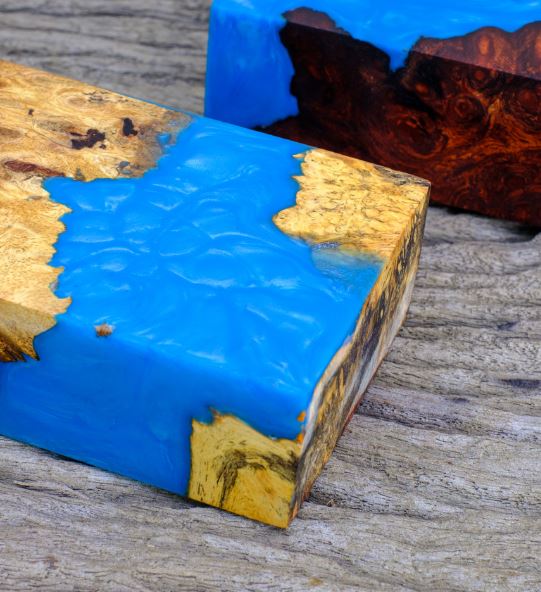
This method prevents the excessive build-up of heat and minimizes the risk of cracks or deformities forming in your resin creation.
It’s also a good practice to follow the manufacturer’s guidelines for maximum pour depths to maintain control over the heat generated.
3. Quick Curing Resin
Fast-curing resins are designed to solidify more rapidly, which means they release heat quickly during the curing process. This accelerated curing can result in a more intense perception of heat.
When working with quick-cure resins, opt for smaller and shallower molds, which reduces the volume of resin and, consequently, the amount of heat generated.

Ensure you closely monitor the recommended curing times provided by the manufacturer, as these resins can be more sensitive to overheating. Staying within the recommended timeframes ensures proper curing and minimizes excessive heat.
4. Catalyst/Initiator Proportion
An improper ratio of catalyst or initiator to resin can lead to an accelerated curing process and an increase in heat production. This often occurs when too much catalyst is inadvertently added to the mixture.

To prevent the resin from curing too quickly and generating excess heat, follow the manufacturer’s instructions meticulously when mixing your resin. Using the correct proportions of catalyst and resin is critical for controlling the heat generated during curing.
5. High Ambient Temperature
Warm environmental conditions can exacerbate the heat generated during resin curing, making it feel even hotter. High temperatures can amplify the exothermic reaction.
When working in a warm environment, select a resin with a longer curing time. This choice allows for better control over the curing process and helps mitigate the effects of the external heat.

Adequate ventilation in your workspace is essential to facilitate the dissipation of heat and fumes. Consider using a portable fan to keep the air circulating, further regulating the temperature during your resin projects.
6. Curing Accelerators
Certain additives, known as curing accelerators, are used to expedite the curing process. These accelerators, when added to the resin, increase the speed of curing and intensify the heat released during this process.

If you decide to use curing accelerators, exercise caution and adhere strictly to the recommended dosage provided by the manufacturer. These additives can significantly affect the heat generated during curing.
Be aware that using too much accelerator can lead to overheating and other issues, so use these additives judiciously to ensure a controlled curing process.
7. Thick Layers and Deep Molds
Resin poured in thick layers or deep molds has the tendency to trap and retain more heat, which intensifies the curing heat. The accumulated heat may cause problems such as cracking.

When working with deep molds or casting thick layers, it’s essential to pour your resin in thinner increments.
By allowing each layer to partially cure before adding more resin, you can control the heat generated and reduce the risk of defects.
The layering technique helps distribute the heat more evenly throughout the project.
8. Excessive Mixing
Aggressive or extended stirring of the resin mixture can generate additional heat due to the friction created within the mixture. The heat generated can be noticeable during the mixing process. Also see our article about the best epoxy mixing machines that will mix the resin for you.
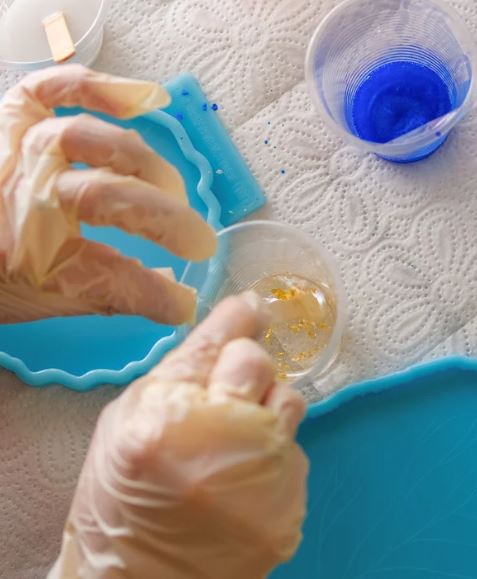
To prevent excessive heat from stirring, mix your resin gently and avoid prolonged agitation. Overmixing can lead to an accelerated curing process and excessive heat production.
Stick to the recommended mixing time specified by the resin manufacturer to ensure an ideal balance of thorough mixing without generating excess heat.
9. Reactive Fillers
Some fillers or additives, such as metallic powders or specific pigments, can accelerate the curing process and elevate heat levels during resin curing.
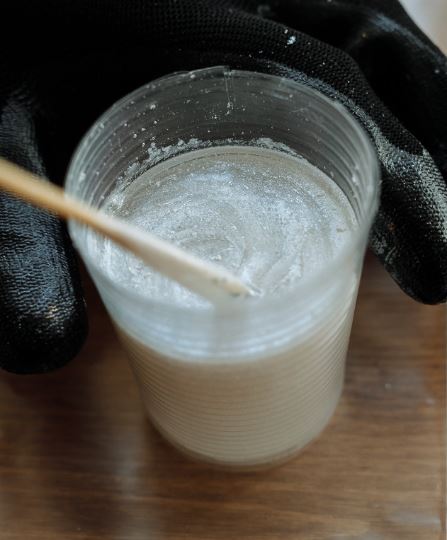
When working with reactive fillers or additives, be mindful of the potential for increased heat production.
Adjust your mixing and curing times to accommodate the effects of these additives and maintain a controlled curing process.
Experiment with small test projects to understand how different fillers impact heat generation in your specific resin formulations.
10. Containment of the resin
When resin is sealed in a closed container, such as a mold or an airtight cover, heat can become trapped and intensify within the enclosed space.
When curing resin in molds or other containment, it’s essential to ensure that there’s adequate ventilation.

Proper ventilation prevents heat from being trapped and accumulating inside the container, helping to maintain a controlled curing process. If you need to cover up resin jewelry to prevent dust, be sure there is still ventilation so that there is no overheating.
For those of you who are working with small mold for jewelry and charms, you might want to consider switching to a UV resin which cures under a light.
Alternatively, if you’re working in an airtight mold, consider demolding your project after it has partially set to release any trapped heat and minimize overheating.
11. Poor Quality of Resin
Using low-quality or expired resin can result in various issues, including uneven curing, excessive bubbles, or inconsistent coloration. Poorly manufactured resin often lacks the necessary chemical balance for optimal curing, which can lead to a multitude of problems.
To mitigate the impact of low-quality resin, always invest in reputable and well-reviewed resin products. Ensure the resin is not expired or past its shelf life. Follow all recommended guidelines and precautions provided by the manufacturer.
If you suspect you’re working with subpar resin, it may be worth considering an upgrade to a higher-quality product to avoid common issues that arise from poor-quality resin.
What to do if resin gets too hot
When resin gets hot during the curing process, take immediate action to prevent issues like cracking or warping. Here is how to cool down epoxy resin when it is getting too hot.
First, if the heat is causing discomfort or you notice the resin becoming too viscous, pause your work to let it cool down.
You can move your project to a cooler area or place it on a heat-resistant surface to dissipate excess heat more efficiently.

To avoid overheating in the future, consider the resin type, ambient temperature, and working conditions. Opt for slower-curing resins or smaller pours if working in a warm environment.
Keep in mind that proper ventilation is key to heat dissipation, and following manufacturer guidelines for mixing ratios, curing times, and maximum pour depths will help you maintain control over resin heat and produce successful creations.
Understanding the intricacies of these factors that contribute to resin heat generation is vital for ensuring successful resin projects.
By following these recommendations and guidelines, you can use resin while maintaining a pleasant and manageable resin crafting experience.
In closing, we hope that this guide of the reasons behind resin getting hot as it cures has helped you out.
Armed with this knowledge, you can work on your creative projects. Make the proper adjustments to make sure that heat, although a natural part of the process, doesn’t ruin your artwork.

Thank you for taking the time to delve into the world of resin with us. We’re grateful for your curiosity and dedication to perfecting your resin crafting skills.
If you have any more questions or need further guidance, leave your question for the resin community below. Happy crafting, and may your resin creations shine brilliantly while staying cool to the touch!
